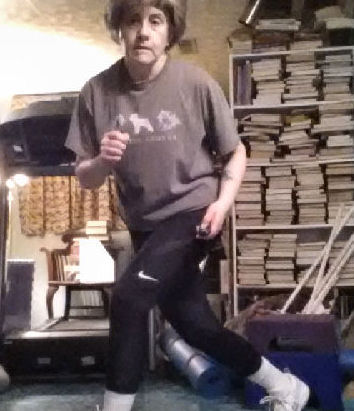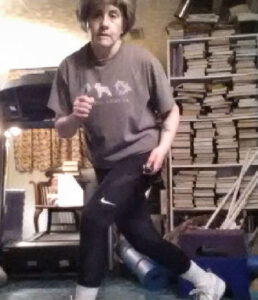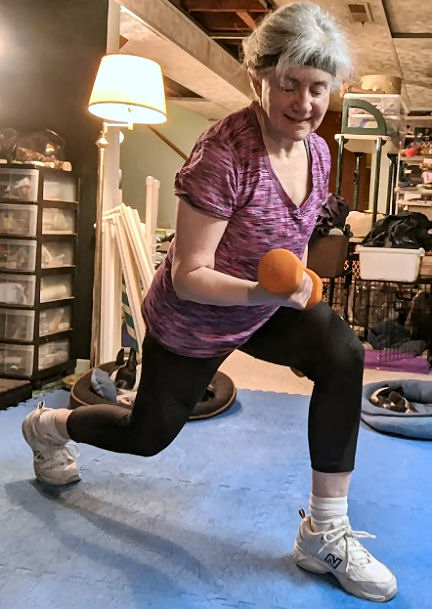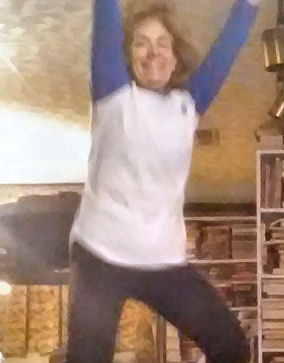Every evening after work I play games – do puzzles, actually. There’s Sudoku, a picture cross game, and another painting game. Sometimes I fit in a game or two of Spider Solitaire as well. I love my puzzles. After lunch, I play a hidden object game. I tell myself it’s to exercise my focus away from the floaters in my eyes, but it’s really fun. I love my games. And the last few years, lots of people are playing games to boost fitness.
Tech to track fitness
Do you use an app that tells you how intense your workout was? Or do you follow an exercise program online? Some even use virtual reality to follow an exercise program. That’s definitely playing games to boost fitness.
Do you wear a smart watch that tracks your steps during the day? Does it assess your sleep? You’re playing games to boost fitness. When your watch tells you that you’ve hit your goal for the day, how do you feel? Does your watch send you confetti and congratulations? There’s that hit of dopamine. It makes you want to pump your fist in the air and say, “Yes! I did it!”
It gets you off the couch
“I’m always going to be a fan of anything that gets people moving,” says Laura Girard, CPT, a trainer and online fitness coach. If an app or a VR set gets people off the couch and exercising, it’s a really good thing. Some of the newer virtual reality technology even has the capability of assessing your form as you perform the exercises or go through the active game. That’s certainly more affordable than hiring a personal trainer, if you’ve already got the VR set.
Alternatively, playing active video games can also get your heart rate up while you’re fighting bad guys. Anything that gets you moving is good – even if it’s playing a fantasy role-playing game. Maybe especially if it’s a fantasy role-playing game!
Provides accountability and motivation
The tracker you wear also provides the accountability and motivation that you need to progress toward your fitness goals. Your watch may give you sound or display notifications, and Lauren Cook, PsyD, a clinical psychologist says, “I think a lot of people are more active because they want to get that dopamine kick of seeing that they closed their rings or hit a step goal.”
But at least one field experiment found that, while the tech provides immediate gratification and keeps us accountable in the moment, it doesn’t provide lasting habit-forming effects.
Tech is not the answer for everyone
And tech may not be the answer for everyone to boost fitness and create long-lasting habits for our healthy aging. People can stress over too much tech or obsess over the data it provides. But tracking our goals and our progress is still incredibly important. But no matter how you’re tracking your progress, be intentional about the goals you track. Don’t try to track everything. And if you’re wary of the tech, the pen-and-paper route is still valuable. The Basic Workout Tracker is a great start. And for some it may be even better. It’s the route that I take. I actually did add a pedometer app to my phone, but I hardly ever have my phone on me, so it’s not much use. When you have your goals written in your own handwriting on a piece of paper, you could be even more likely to achieve them. You’ll still get that dopamine zing when you’re able to check something off on your page.
So games and tech are certainly fun, but playing games to boost fitness is the smart way to use today’s tech for our healthy aging.








